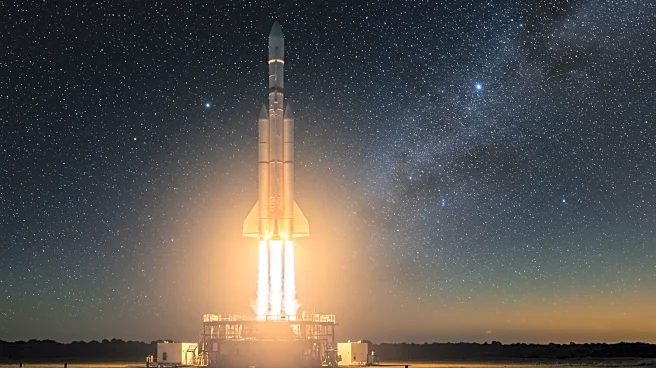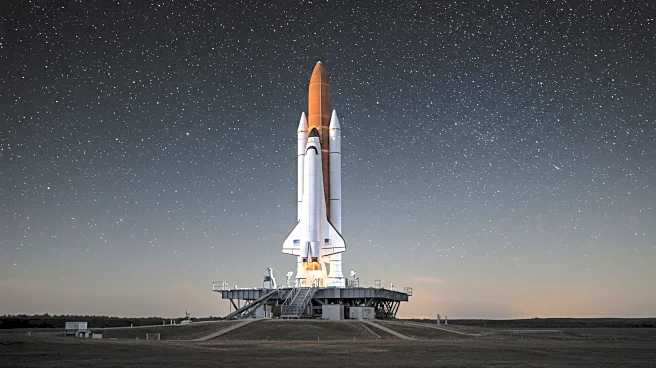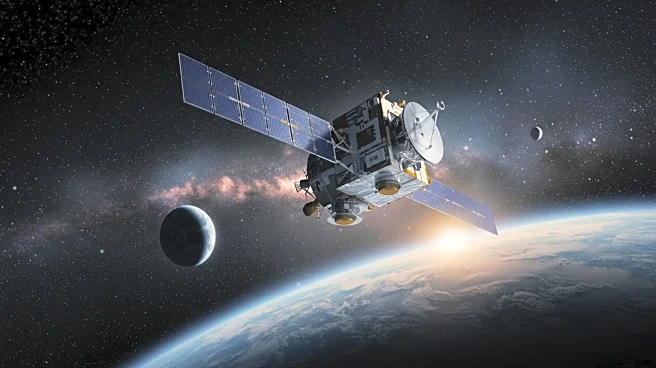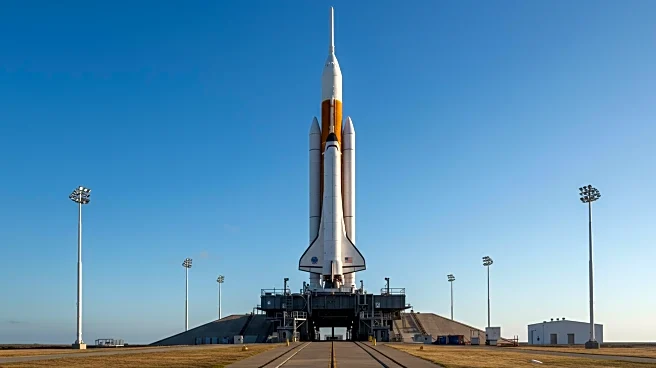What's Happening?
President Trump has issued an executive order to accelerate commercial space launch and reentry by reducing regulatory burdens. The order targets environmental reviews and aspects of Part 450, a launch safety regulation, and directs federal agencies to preempt state and local laws that may hinder spaceport development. It also calls for replacing the FAA's Office of Commercial Space Transportation civil servant with a political appointee and creating a new deregulation-focused position within the Department of Transportation. The order seeks to streamline environmental assessments and impact statements, potentially exempting certain activities from the National Environmental Policy Act (NEPA). This move is met with both support and criticism, as it aims to improve licensing processes and reduce permitting times.
Why It's Important?
The executive order is significant as it aims to enhance the competitiveness of the U.S. space sector by reducing regulatory barriers. This could lead to increased investment and innovation in commercial spaceflight, allowing U.S. companies to better compete with foreign rivals. The rollback of environmental reviews is controversial, as it may expedite spaceport construction and launch licenses, but also raises concerns about environmental impacts. The order's implications for launch cadence are hailed by industry groups, suggesting potential growth in commercial space operations. However, legal challenges and stakeholder dissatisfaction may arise, impacting the future of U.S. space policy.
What's Next?
The order directs federal agencies to eliminate or expedite environmental assessments and impact statements required under Part 450. The Department of Transportation will determine which activities are not subject to NEPA and carve out exclusions for launch and reentry authorizations. A new DOT advisory officer and White-House appointed FAA commercial space official will oversee deregulation efforts. The FAA's commercial spaceflight forecast suggests a potential tripling of annual operations over the next decade, which could grow even larger with relaxed licensing regulations.
Beyond the Headlines
The directive introduces legal flexibility that could reduce permitting time and litigation exposure for operators and investors. This may spur investment in new space technologies and increase participation from institutional investors. The dismantling of regulatory chokepoints could speed up spacecraft development timelines, providing a faster permitting environment and lowering the cost of capital.











